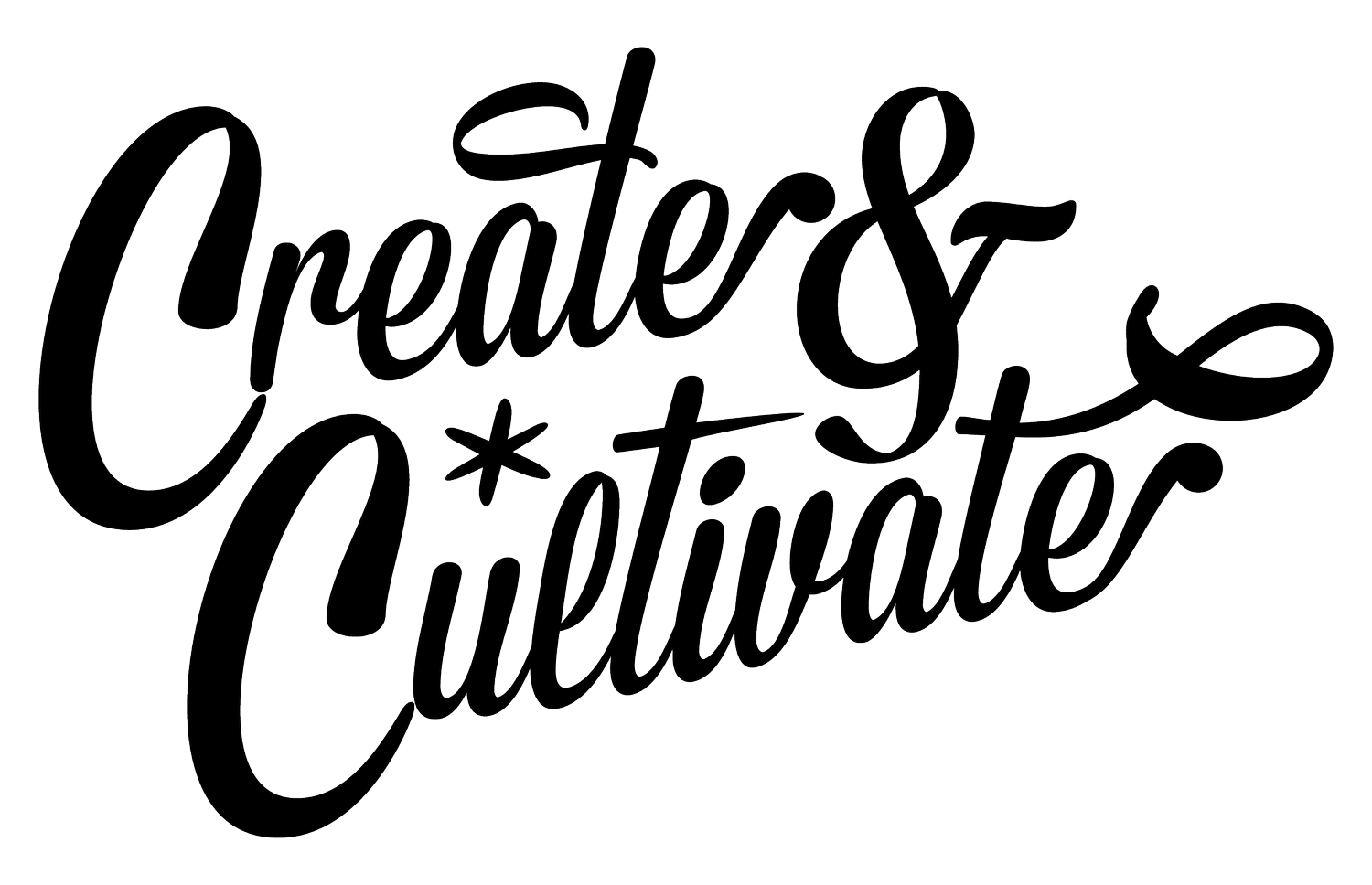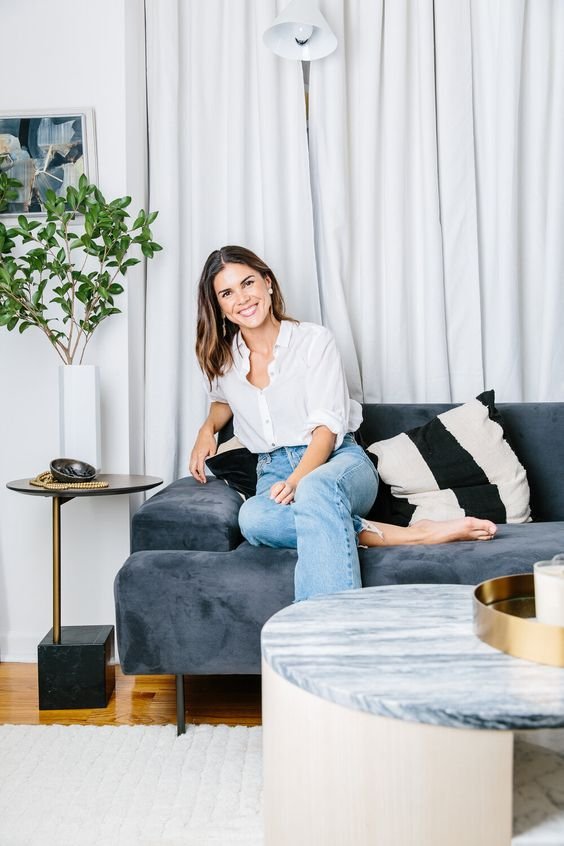We’ve all had to rethink how we operate over the past few years, pivot the way we work, and reconsider how our businesses function in this new era of remote work. One of the areas we’ve all had to be most adaptable in, of course, is right in our own homes. We work here, live here, and do almost everything here now. Not to mention, we’ve been challenged with a whole new set of distractions.
But there is good news here: humans are remarkably resilient and adaptable.
That means there are answers to help us solve at least one of the most pervasive new cultural problems related to being at home: the challenge of overcoming the fatigue that comes with the daily grind. Now that we’ve replaced commutes with endless Zoom calls, Slack messages, and TikTok marathons, you’re likely already familiar with the problem.
Fortunately, with a little innovation in your relationship to work, you have hope of achieving a healthier work-life balance.
As a co-founder of CAVEDAY, a solution that offers focus as a service, I’ve studied and created new methods to help people improve their relationship to work and master the art of working from home so it feels a lot less like a major exhaustion-driving burden and a lot more energizing. Keep scrolling to find out how it’s done.
Batch & Block
Batch your work as much as you can, especially when it comes to meetings.
Try to only take meetings during set times, such as only two days a week or only in the afternoons. Meeting culture is not a new problem, and, for many organizations, has only grown more pervasive during the pandemic (hello again, Zoom!). So while it’s not always possible to have ownership over your own calendar, find windows of time to block off for your most important work.
Once you have your meeting days/times set, during your working days be sure to only check your email once in the morning and once in the afternoon. Start with your most important and the hardest task first. This will make a massive difference in your energy level as you won’t constantly be flipping from meetings to emails to task lists.
Define
Before starting your workday, take a moment to write down exactly what you’re working on. Be as specific as you can. For example, if you have a day of writing ahead of you, putting “write blog post” on your task list isn’t quite clear.
Ask yourself: What part of the project are you tackling? What does “finished” look like? Is this the brainstorming phase, outlining, or actual writing? How far do you want to get? 750 words? A chapter? Clearly defining your work, in a set amount of time, helps combat overwhelm, and allows you to more simply focus on one task at a time.
Scope
How long does it take you to finish a certain task such as drafting a proposal or creating a presentation? Over and under-scoping how long individual tasks take is a surefire way to always be “on” and to quickly overtire.
Knowing how long projects take gives you a better understanding of how to plan your day. To figure out how long things take, start with something you do often. No need to rush, but focus on just that one task and time yourself.
Then, in the future, you’ll know exactly what kind of time blocks to set to get the job done.
Take Breaks
Research shows that the brain can’t focus on a task for more than 52 minutes at a time. Mindful and intentional breaks actually help maintain your energy. Just pushing through to the finish line quickly ends in fatigue.
But, be sure to take breaks wisely. The difference between absent-minded and intentional breaks is that you are making the choice when to stop and how to spend your time. Getting caught in an endless scroll is not a mindful break. Walking away from your desk, stretching your body, or calling a friend is an excellent way to press pause before returning to your work.
Remove Distractions
Simple in theory, difficult in practice. Removing distractions (like turning off notifications, closing the door, and—dealing with the biggest distraction of all—putting your phone away) is one of the smallest steps we can take in order to avoid fatigue. We are constantly bombarded with interruptions (every 11 minutes on average), so the more agency we have on controlling external distractions, the better equipped we are to stay focused.
Establish Rituals
One of the biggest and most overlooked changes we’ve faced in the new age of remote work, is the loss of a transition. Remember that good old commute?
The loss of that time that signifies the beginning and end of our workday, such as driving to the office, or riding the crowded subway, held a ton of significance in our lives (maybe even more than we once gave credit).
Whatever that transition was and whether or not you looked forward to it, it was part of your day and routine. That transition time is precious and must be preserved. It’s baked-in time to prepare for and reflect on your day. Without it, we forget to take moments to pause and we wind up being “on” for much longer than intended.
While it may seem trivial, establish a new ritual to start and end your day. A walk around the block, your morning coffee with no work, shut down or close your computer at the same time every day, read a non-work related article before leaving your workstation. Doesn’t matter what it is and it can be small, but this will give your brain and body a cue for when you’re working and when you’re not.
Our culture promotes shallow work and we’ve gotten really good at being “busy”. But busy doesn’t mean productive. Fatigue does not have to be a way of life. Instead, mindfully approaching your work and time allows for more spaciousness in other areas of your life. It’s not easy to put these tips into practice, so CAVEDAY memberships intentionally make it easier for people to practice these tips, as it’s all baked right into the service. Trust us, it’s worth the effort to master this new way of life. You might even be astonished by the quantity and quality of your output.






























